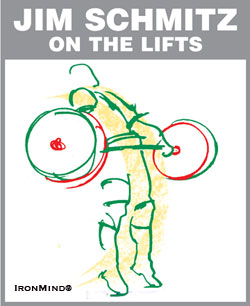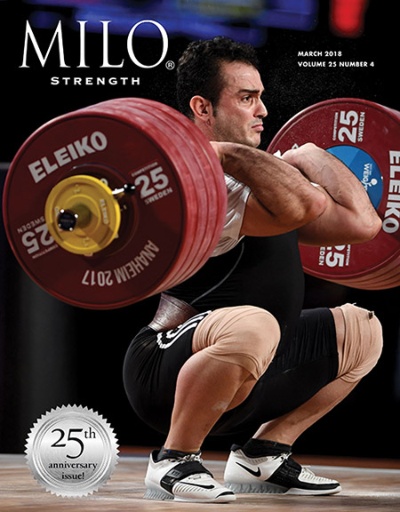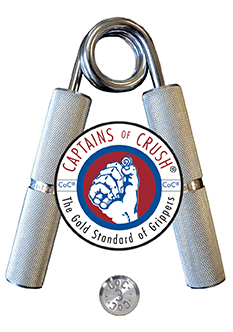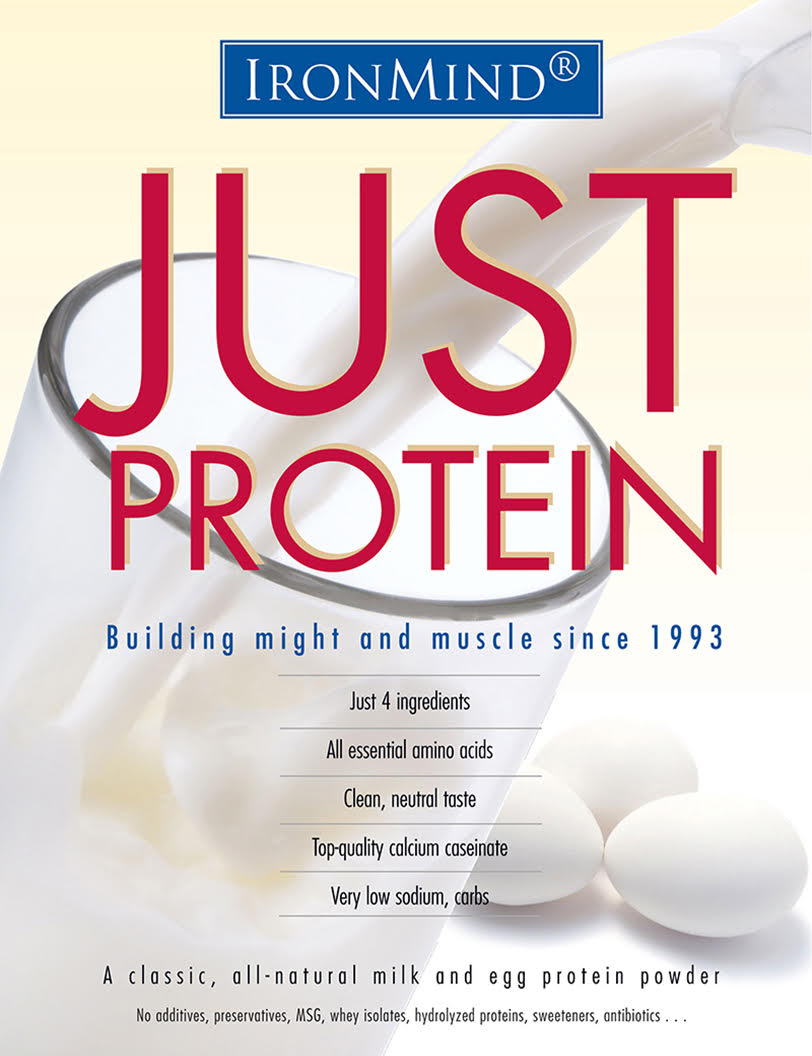Tommy Kono High Pulls to a Stick

By Jim Schmitz
U.S. Olympic Weightlifting Team Coach 1980, 1988 & 1992 Author of Olympic-style Weightlifting for Beginner & Intermediate Weightlifters Manual and DVD
I like to name assistance exercises after the person I saw do the exercise or the one who told me it. I first heard of the “high pull to a stick” either at a Tommy Kono clinic or from one of his articles in the series, “The ABC’s of Weightlifting” that he used to write for Strength & Health magazine back in the very early 1970s. It’s also in his book Weightlifting, Olympic Style (2001).
The Tommy Kono high pulls to a stick (TKP) are performed by placing a stick at about sternum to nipple height for snatch high pulls, and to just above the belly button for clean high pulls. I use squat racks to place the stick at the desired height, so you want to place a pair of squat racks straddling the end of your barbell and then place a stick on the racks. It’s best to have your coach or training partner hold one end of the stick to keep it from flying away.
You now do a snatch high pull (TKSP), getting as tall as possible, rising up on your toes and extending your ankles, knees, and hips to their max, and at the same time, pulling the bar up to your sternum by pulling your elbows upward and outward, so that your upper arms and elbows are at the height of your shoulders. You then lower and repeat. I recommend 2 to 3 reps and 4 sets at your top weight, which should be equal to or slightly more than your best snatch. Also, switch directions so that you develop your pull evenly. If you just pull to one side, you will find yourself pulling higher with that side in order to hit the stick; therefore make sure you alternate sides each set. You also want to use straps whenever doing TKPs.
That’s the TKSP; now for the Tommy Kono clean high pull to a stick (TKCP). When cleaning a barbell, you don’t have to pull it as high as you do when you snatch—actually just above your belly button or belt should be enough. You lower your squat racks to about that height and doing a clean high pull, fully extending up on your toes, extending your ankles, knees, and hips, and pulling with your arms upward and outward, getting as tall as possible, you hit the stick. Here, too, you want to alternate each set, pulling to the stick with your right side and left side. You should use a weight equal to or slightly more than your best clean, and you want the weight heavy enough to just tap the stick. If you are hitting the stick hard and knocking it high, either the weight is too light or the stick is too low.
The main purpose of pulling to a stick is that it keeps you honest. As you know, if you are doing pulls after you’ve done snatches or cleans, you might be tired and “dog” it a little and not quite finish your pull. When pulling to a stick, you will know when you are finishing your pull to the desired height. I think it is also good for developing the “pop at the top,” which is necessary in order to finish your pull for snatches and cleans. It’s of utmost importance to hit the stick with every rep. This exercise will really force you to complete and finish your top pull; you can’t cheat; if you don’t hit the stick each and every rep, the set doesn’t count; do it over.
Do the TKPs twice a week, once for snatches and once for cleans, and do them after your snatch workout and clean workout. In other words, TKSPs are done immediately after a medium to heavy snatch session, and the TKCPs are done right after a medium to heavy clean and jerk workout. I have used TKPs with all my top lifters since 1973, when I first read about it in Strength & Health magazine. It is a great assistant or supplementary exercise; it will also help you straighten out your pull as well as finish with all your power.

















